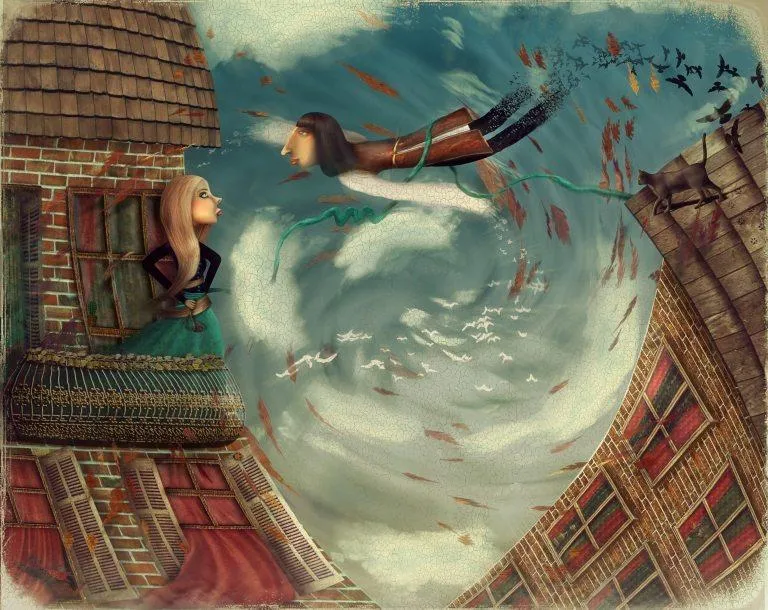High Five! Five things a good illustrator must have
We’re starting a blog post series called High Five, in which our contributors will share their visions about the stock photo industry. We want to give you various points of view in order to:1)give our newcomers insight into how the industry works, and 2) give our stock “dinosaurs” a chance to get to know their fellow stockers. Please note: We might not always share the opinions of our authors 🙂
Today our contributor Alexandr Aleabiev speaks about five things one needs to become a great illustrator. You only need to take a look at Alexandr’s portfolio to see that he knows what he’s talking about.
1. Skills and imagination, and an ability to put them into action. Many of those who start their careers in the stock photo industry believe that they will be able to earn their first million without any effort, diligence, or imagination. Producing a lot of work isn’t the same as becoming successful. Stock images have to be interesting, colorful and bright, and reflect a certain style and taste. Plus, an artist must try to look at his own works from the point of view of his customers, yet at the same time keep some detachment as an artist.
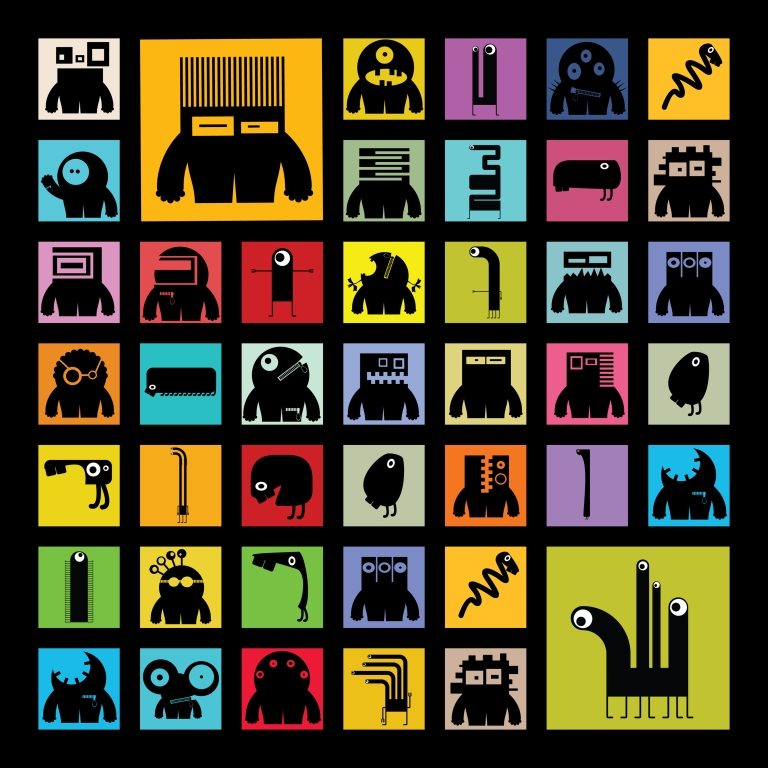 Monsters seamless | Stock Vector © Depositphotos | Sasha Aleabiev
Monsters seamless | Stock Vector © Depositphotos | Sasha Aleabiev
2. Free time. You should have enough time to develop your ideas. That’s why you have to think about whether you’re really interested in creating illustrations for microstocks. Time is crucially important. Sometimes people complete their first 10-15 images, and after that, never make this part of their work a priority. But those who keep on working generally make significant progress. The main thing is to devote enough time to microstocks in your early stages, and value every cent you earn. With this kind of approach, you can expect to see significant results in about a year or two.
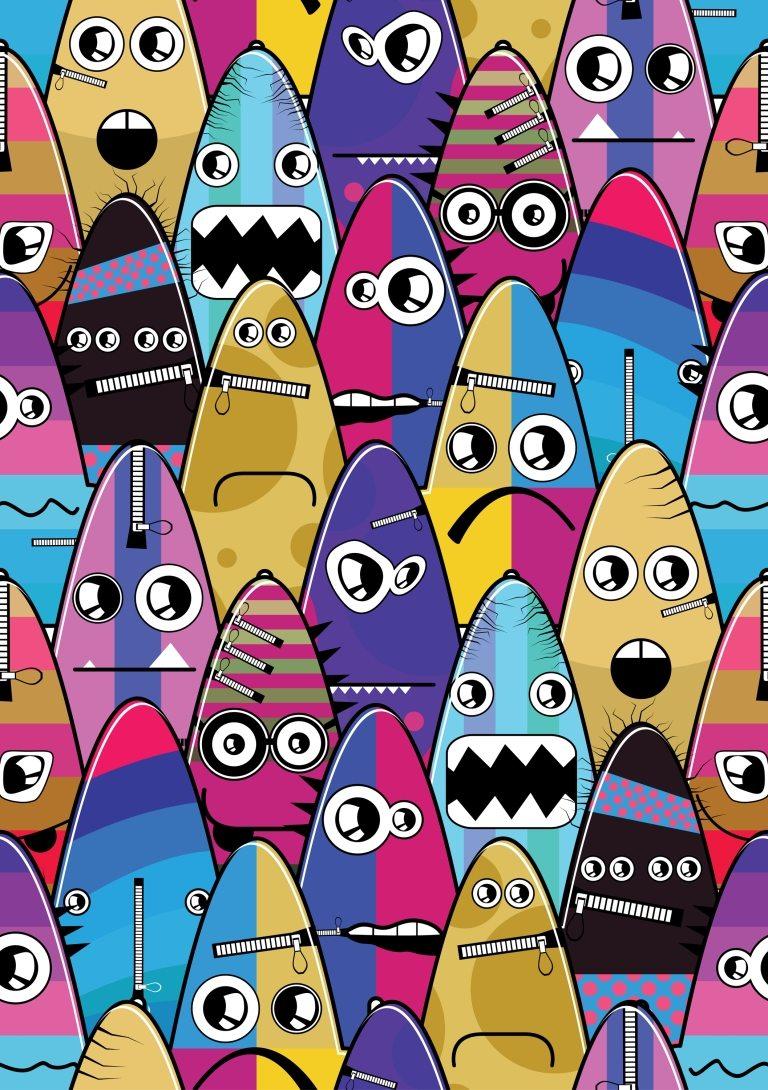 Monsters | Stock Vector © Depositphotos | Sasha Aleabiev
Monsters | Stock Vector © Depositphotos | Sasha Aleabiev
3. Computer. First, I should admit that a powerful computer is not that important if you have a real desire to work at stocks. I know a girl who passionately wanted to make a career in stock, and she managed to succeed even with a very, very old computer. It took her five minutes just to open her files in Adobe Photoshop. I was wondering how she managed to work with vector images at all. However, she was so very keen on what she was doing that she never saw it as an obstacle. Of course, now she has a powerful new computer and works on her images with even greater pleasure. I would say that a computer with a dual core processor with 2 GB of RAM and 500 GB HDD is more than enough for working with vector images. But keep in mind that the desire to work is more important than your equipment.
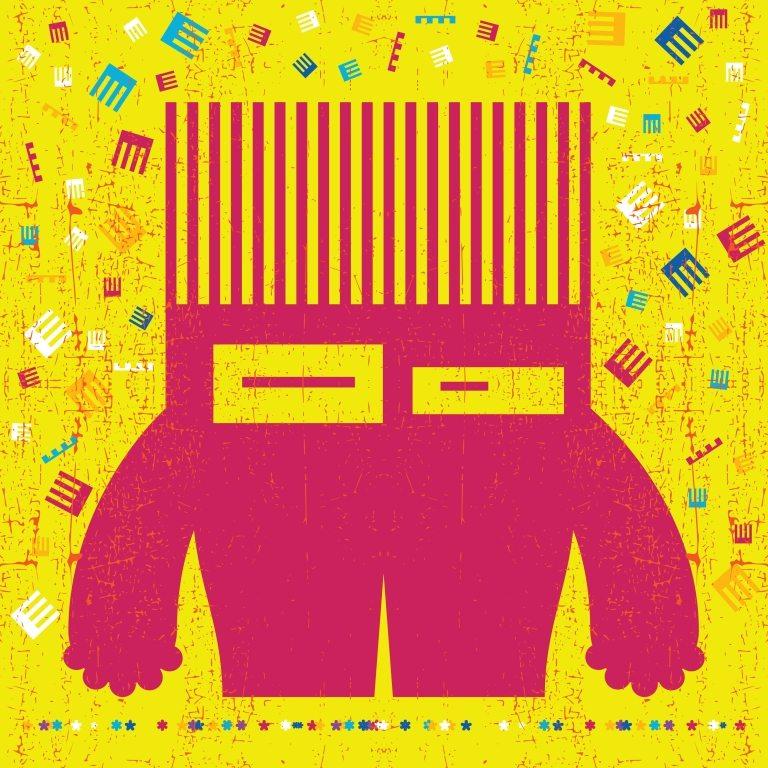 Funny picture with monster | Stock Vector © Depositphotos | Sasha Aleabiev
Funny picture with monster | Stock Vector © Depositphotos | Sasha Aleabiev
4. Software. Nowadays you can create your vector images with many applications, but I do prefer CorelDRAW and Adobe illustrator CS3. There are so many step-by-step tutorials for newcomers on the web. You might ask which program is the easiest to work with, but I don’t think that such a program exists. Personally, I find it convenient to draw in CorelDRAW and complete my images in Adobe illustrator. I really would recommend you to get familiar with Adobe Illustrator; it allows you to create gradients and use filters more efficiently than CorelDRAW. Besides, you need to know the basics of Adobe Photoshop.
5. Your own style. Those who start creating vector images should try to work in different techniques, look for their own style and develop it when it is found. I believe that many experienced illustrators make a huge mistake when they create different kinds of things all at once. In order to make people recognize your style, you should first find your own forte, and then create either many abstractions, or solid drawn images, or characters in that style. This would be one key to success.
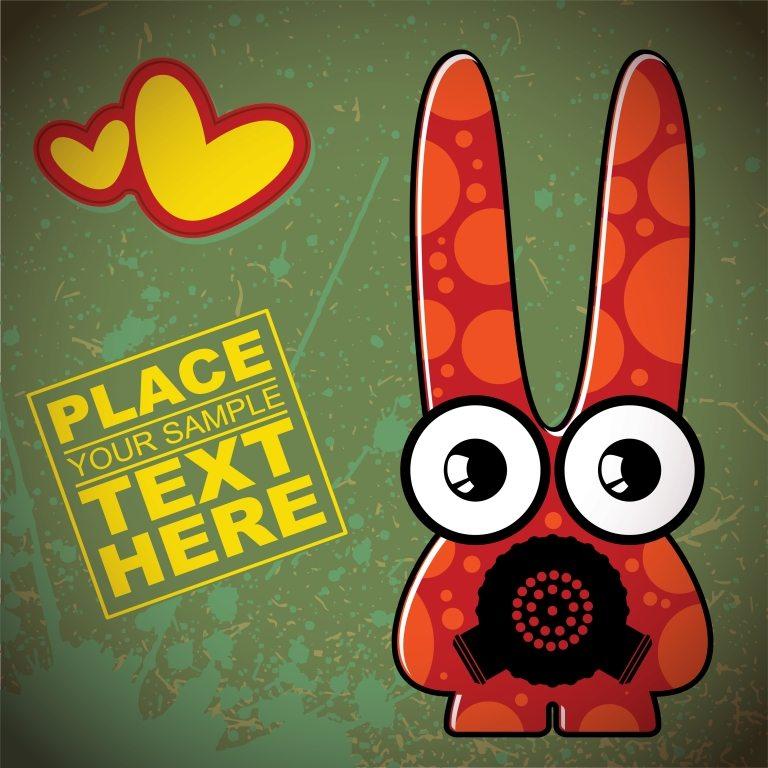 Monster | Stock Vector © Depositphotos | Sasha Aleabiev
Monster | Stock Vector © Depositphotos | Sasha Aleabiev





